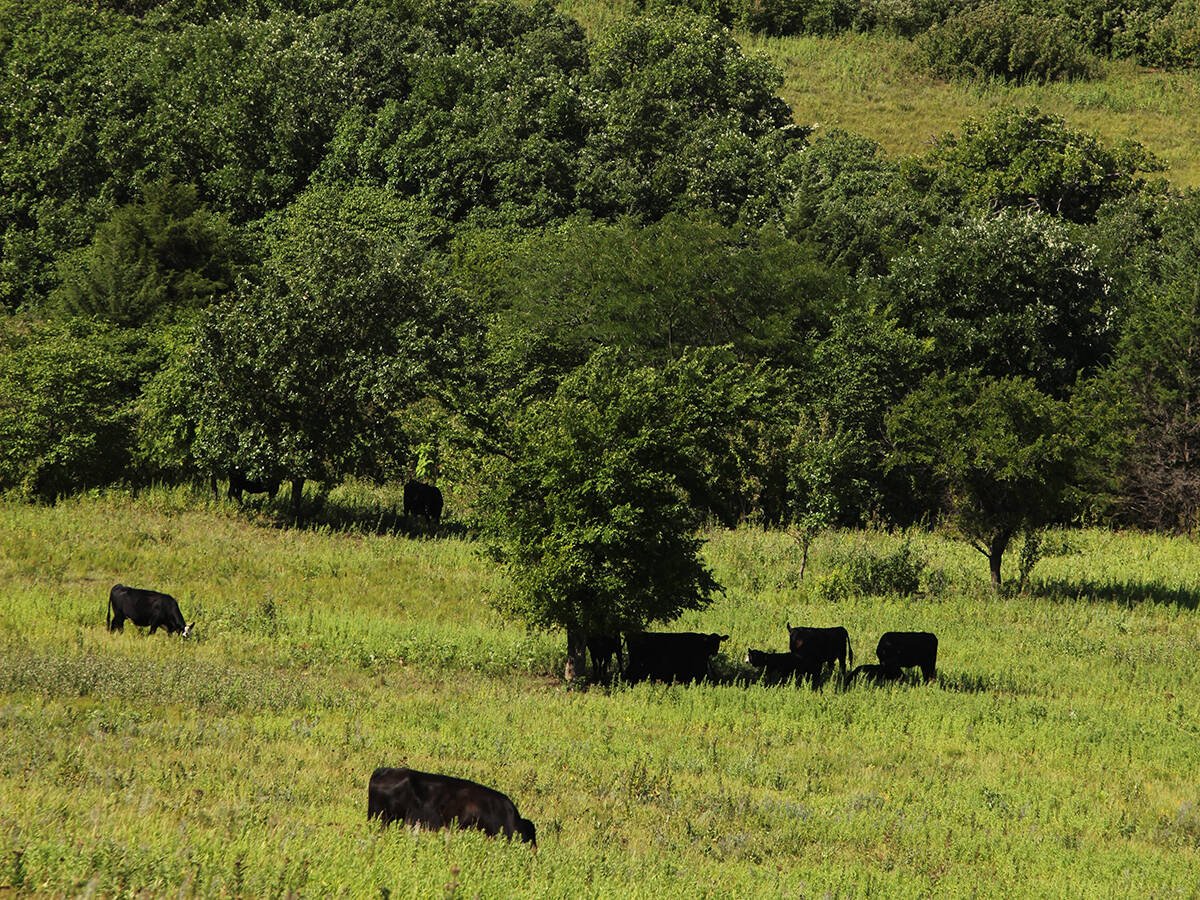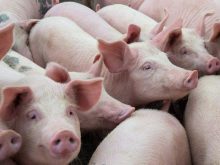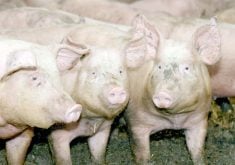Angus enthusiasts from 20 different countries may have differed in their preferences on cattle body type but they all agreed their breed is a rising star.
John Tilson of Wedderlie Farm in Scotland was one of three judges at the World Angus Forum futurity show July 15. He has raised the black cattle all his life and says registrations have never been higher.
“Stock prices are going terribly well,” he said. Meat sales have been strong in the United Kingdom, partly because of the recession causing more Brits to cook the Sunday roast at home. “People are buying more to eat at home so beef demand is favourable.”
Read Also

Beef cattle more prone to trace mineral deficiencies
The trace mineral status of our cows and calves is a significant challenge for western Canadian producers and veterinarians.
The Aberdeen Angus Cattle Society has developed a marketing program, known as the Certified Beef Scheme, that supplies major grocery stores.
Participants must use a registered Angus sire that can be traced through the cattle movement passport system where the sire and dam are recorded on every animal’s documents.
“We have strong promotions so the other breeds are very envious of us,” Tilson said.
As a fifth generation Angus breeder, his preference for cattle differs somewhat from the Canadian preference.
“Our cattle have more elevation and lift but the cattle here are very good working cattle,” he said. “There is big competition with the Continentals so we have to go with more size.”
Tilson’s family has raised Angus since 1913. He and his wife, Marion, farm with their daughter, Wanda Hobbes, and have 220 black cows, one of the largest herds in the United Kingdom.
The family also raises 1,400 ewes of Scottish Blackface and Texel breeding stock.
Selling to Mexico
A contingent of Mexicans also came to the forum to shop and to buy.
Alejandro Alvarez of Tepatitlan, Jalisco, Mexico owns the genetics company Ovigenetics that deals in beef and dairy cattle, sheep, poultry and horses.
His group came away with embryo and semen packages from the Alberta firms of Miller Wilson Angus, Brylor Red Angus and Remington Ranch Co. They also bought some bull partnerships.
“We used to buy live cattle. Now we can only buy semen and embryos,” said Alvarez.
Negotiations are ongoing between Mexico and Canada to resume live trade since a ban on exports started in 2003 due to BSE. Alvarez visits Canada regularly on buying missions.
“We’ll come back next year because we are partnering with three herds,” he said.
He and his group were looking for moderately sized, well-muscled and deep-bodied cattle with good feet to survive Mexican conditions.
Red and Black Angus are among the most popular breeds in Mexico. Blacks are found predominantly in the northern regions while reds are seen more often in the south because they seem to better withstand the heat and insects.
“Angus is the fastest growing breed in Mexico. The Reds are growing faster than the Blacks,” said Alvarez.
They are also popular for crossbreeding with Brahman, Beefmaster and Zebu cattle.
He is returning home to a more upbeat cattle market than Canadians are experiencing. However, growing conditions last year were poor due to drought. High priced grain, canola meal and alfalfa placed feedlots under stress.
“The feedlots were nervous. This year is going better and I think from now until December all will go well, but the people are nervous (about the recession),” Alvarez said.















